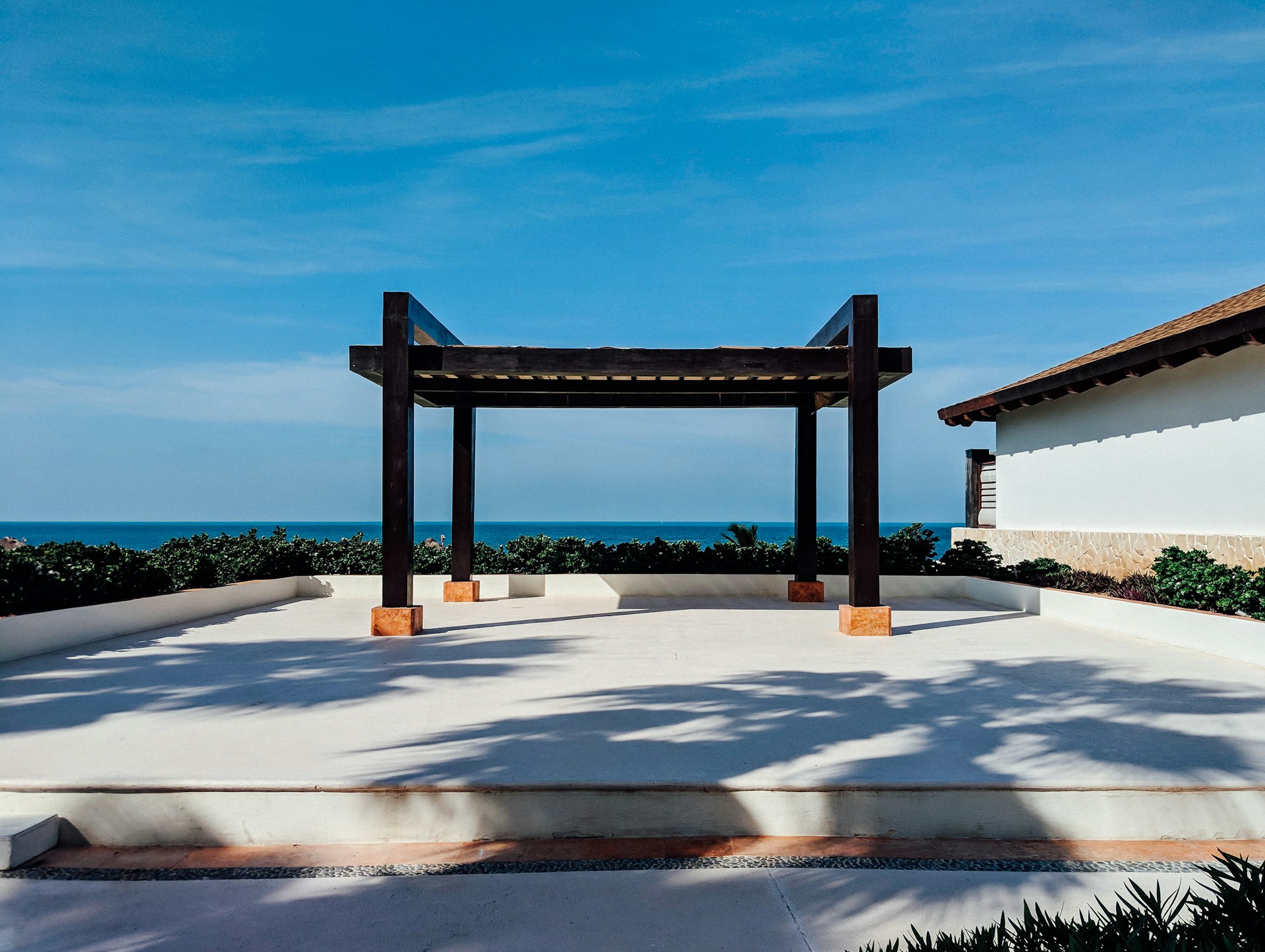Wabi-Sabi: Embracing Imperfection in Home Decor
Introduction: Ever wondered about the concept that turns the so-called 'flaws' into a unique form of beauty? Wabi-Sabi, a Japanese aesthetic philosophy, is making waves in home decor. It invites you to embrace imperfection, break away from mass-manufactured perfection, and find beauty in the organic and raw. Let's delve into its roots and how it's shaping modern home aesthetics.

A Closer Look at Wabi-Sabi
Wabi-Sabi has its roots in Zen Buddhism, focusing on the acceptance and celebration of transience and imperfection. It’s a worldview that appreciates the beauty in the natural, flawed, and weathered. In home decor, this concept has translated into an embracement of raw materials, organic forms, and handcrafted items, shying away from mass-produced, flawless products.
Wabi-Sabi and Modern Design
In a world obsessed with perfection, Wabi-Sabi presents a refreshing perspective. It’s increasingly popular in modern design, with homeowners seeking a more authentic, grounded living environment. From rustic wooden furniture to handmade ceramics, Wabi-Sabi encourages a return to natural, incomplete, and unconventional beauty.
Practicality and Market Trends
While Wabi-Sabi might seem like a purely philosophical concept, it has practical implications in interior design. Opting for handcrafted, naturally imperfect items not only fosters a unique aesthetic but also supports local artisans and sustainable practices. Market trends indicate a growing interest in Wabi-Sabi, with consumers leaning towards authenticity and individuality rather than factory-made perfection.
Enhancing Everyday Life
The practice of Wabi-Sabi brings a sense of calm and authenticity to everyday life. It’s about appreciating the beauty of aging, accepting imperfections, and valuing the unique charm of handmade objects. This philosophy can help create a home that’s not just visually appealing, but also emotionally comforting and spiritually nourishing.
Applying Wabi-Sabi in Your Home
To incorporate Wabi-Sabi in your home, focus on natural materials, earthy colors, and imperfect shapes. Choose rustic wood, unpolished stone, or handmade ceramics. Fill your space with items that tell a story, show signs of use, and have a unique, flawed beauty. Remember, Wabi-Sabi is not about creating a perfectly coordinated look but about embracing the beauty of the imperfect and transient.
In conclusion, Wabi-Sabi offers a fresh perspective in home decor, celebrating imperfection and authenticity. It invites us to break away from the mass-manufactured perfection and value the natural, organic, and flawed. Whether it’s through rustic furniture, handcrafted ceramics, or just the acceptance of our home’s quirks, Wabi-Sabi helps us create a unique, grounded living space.




